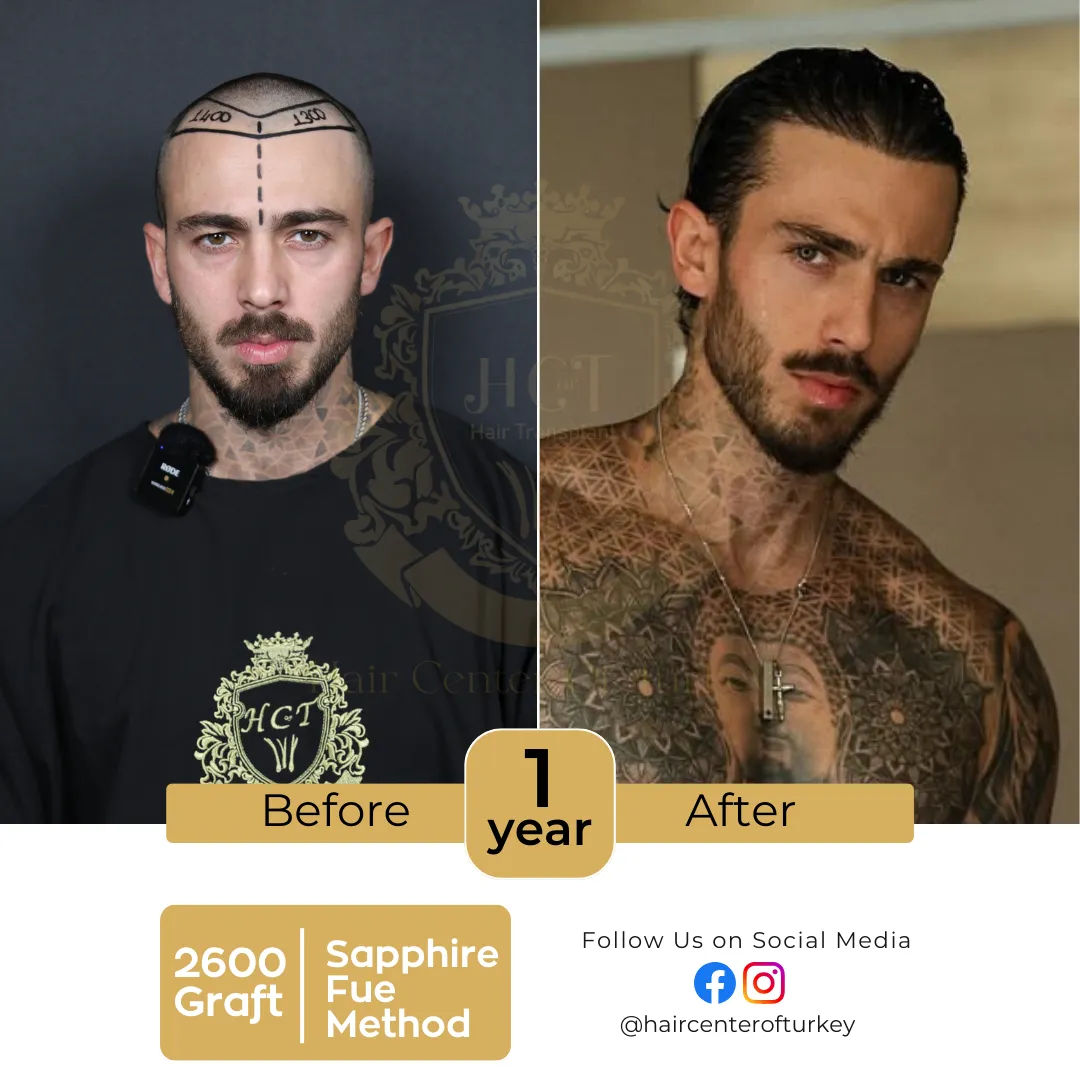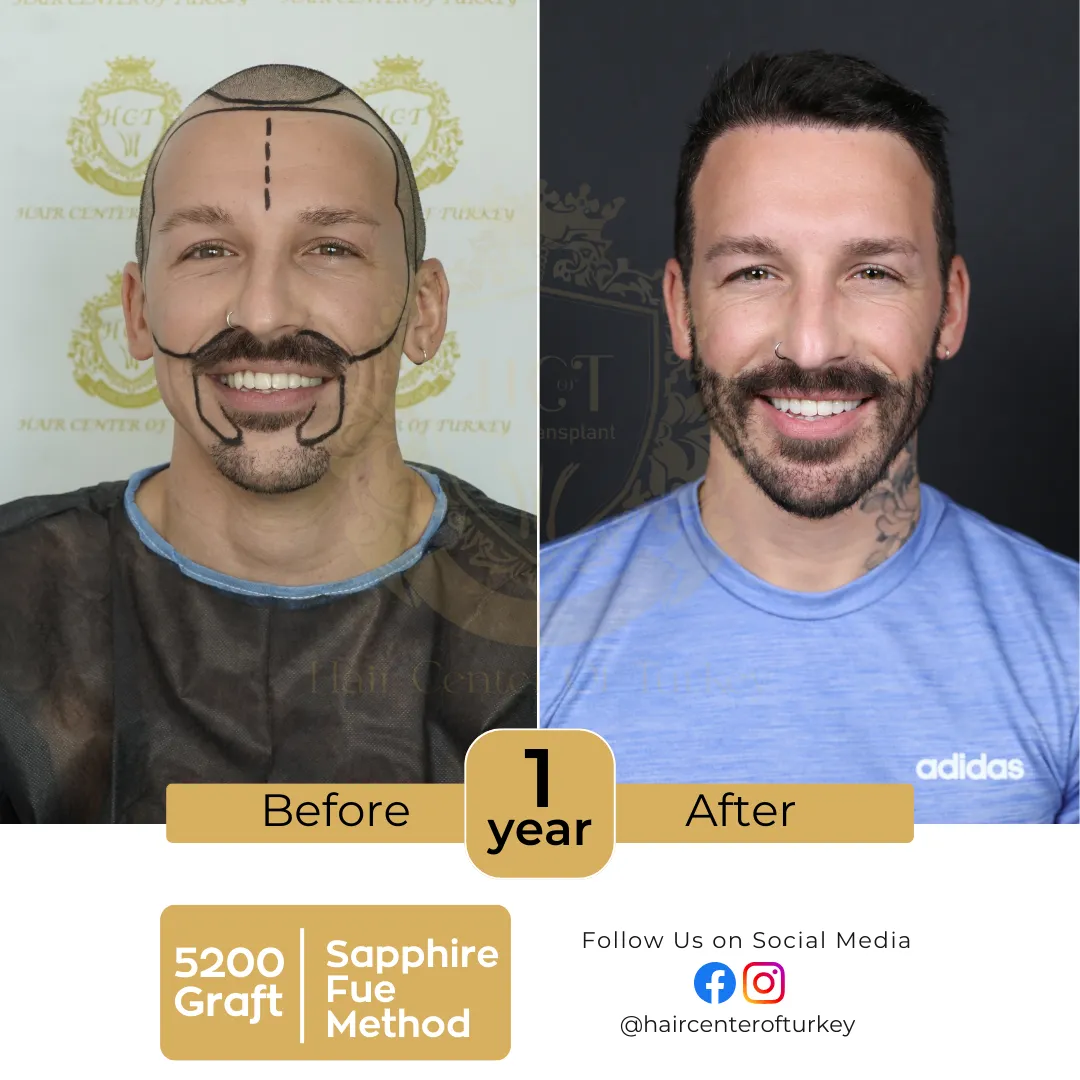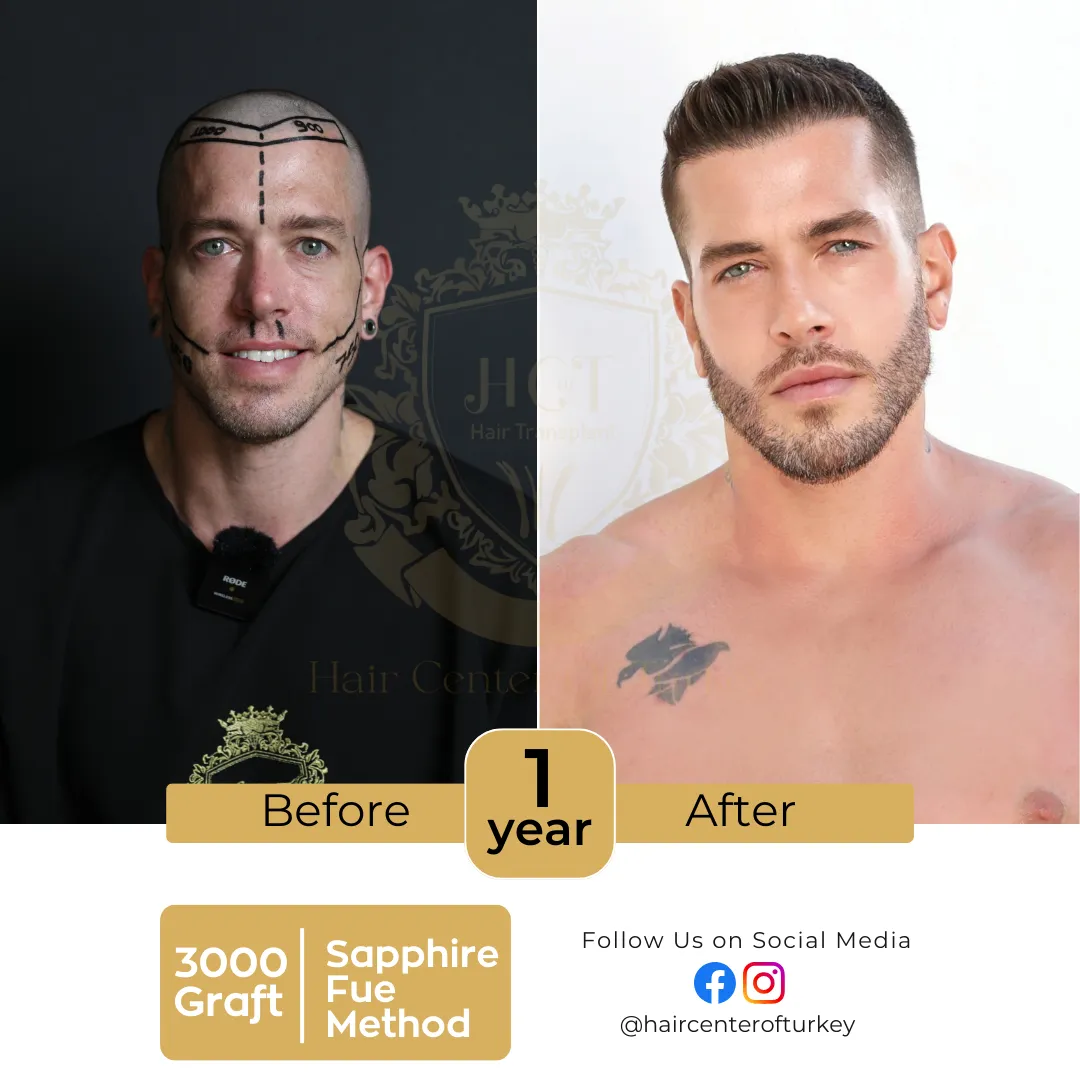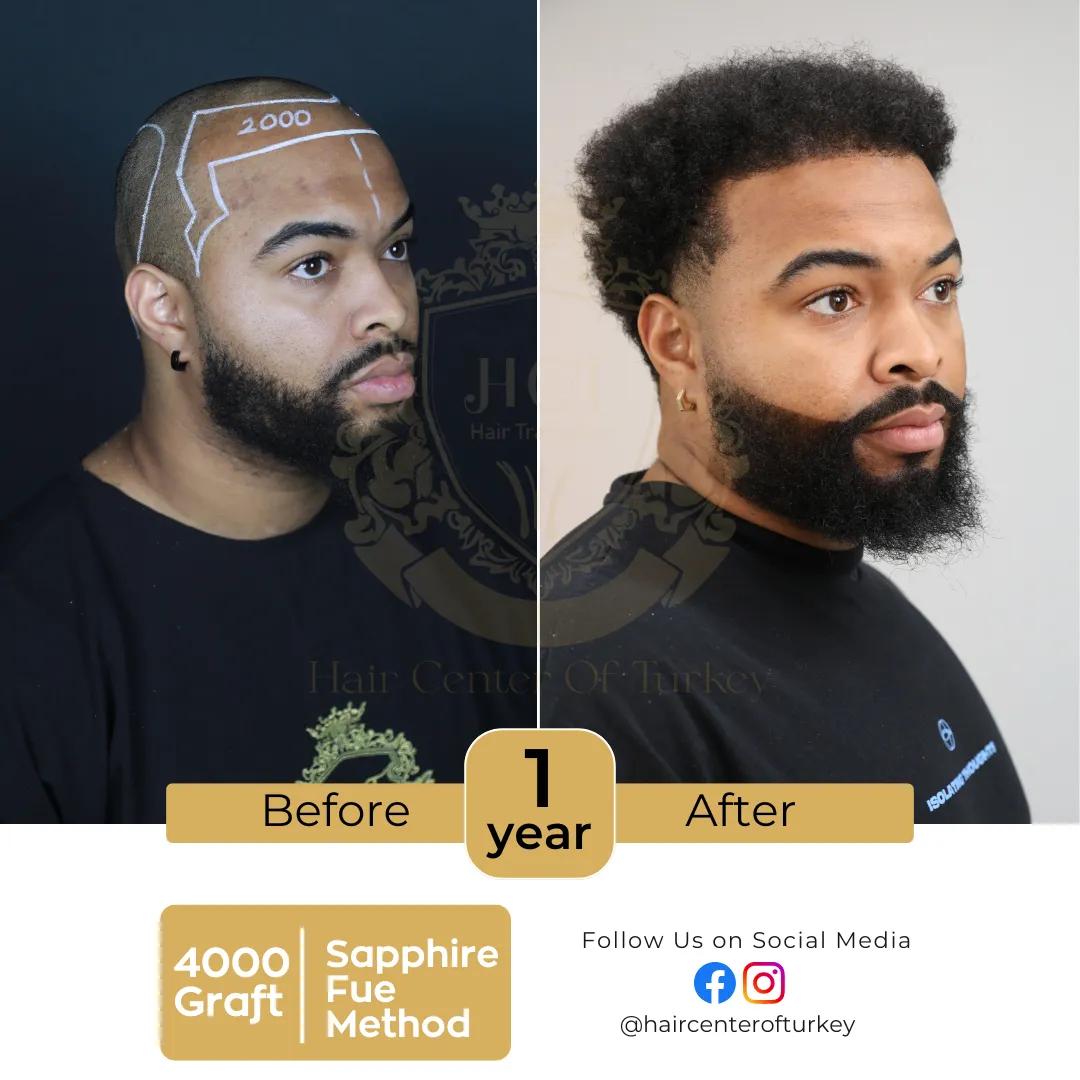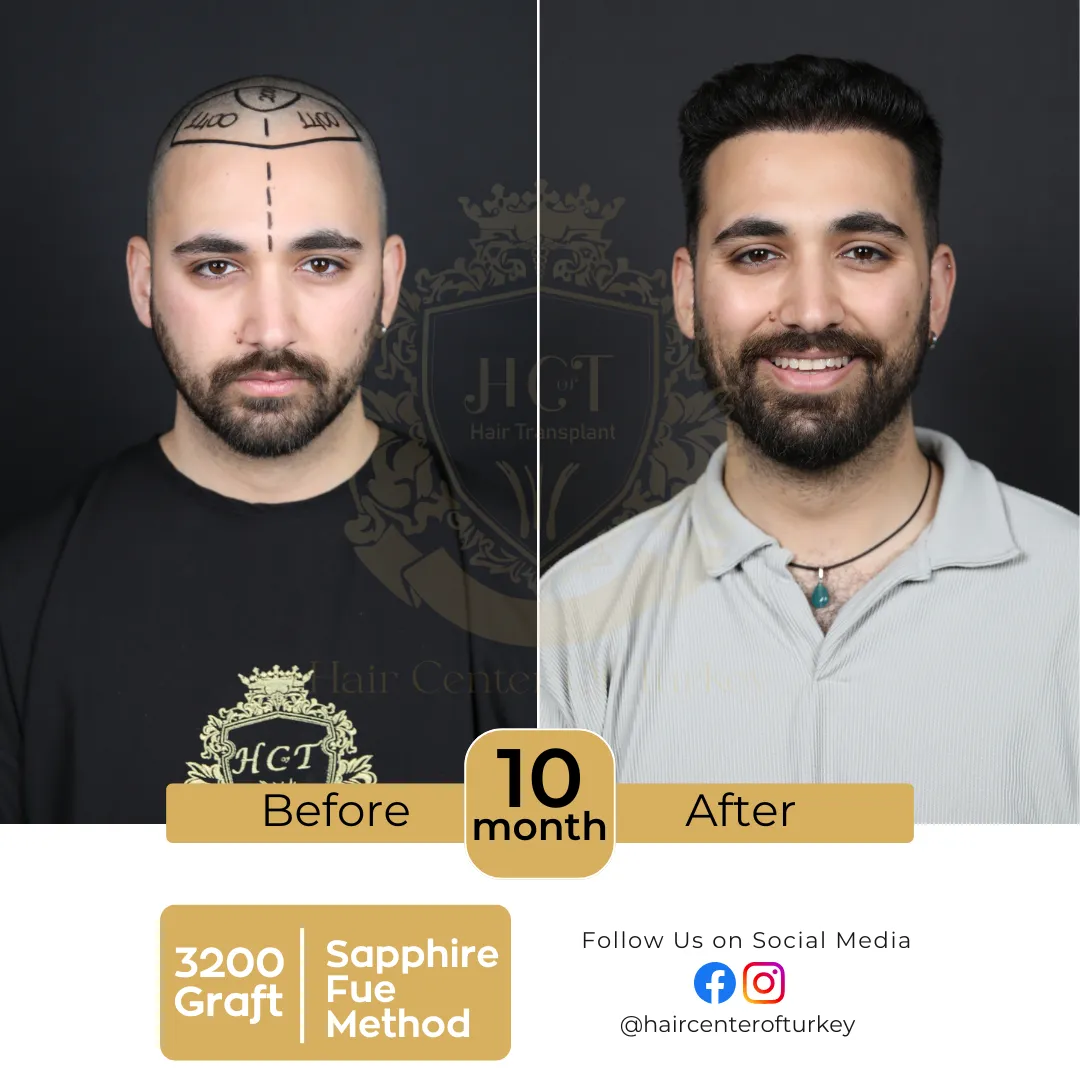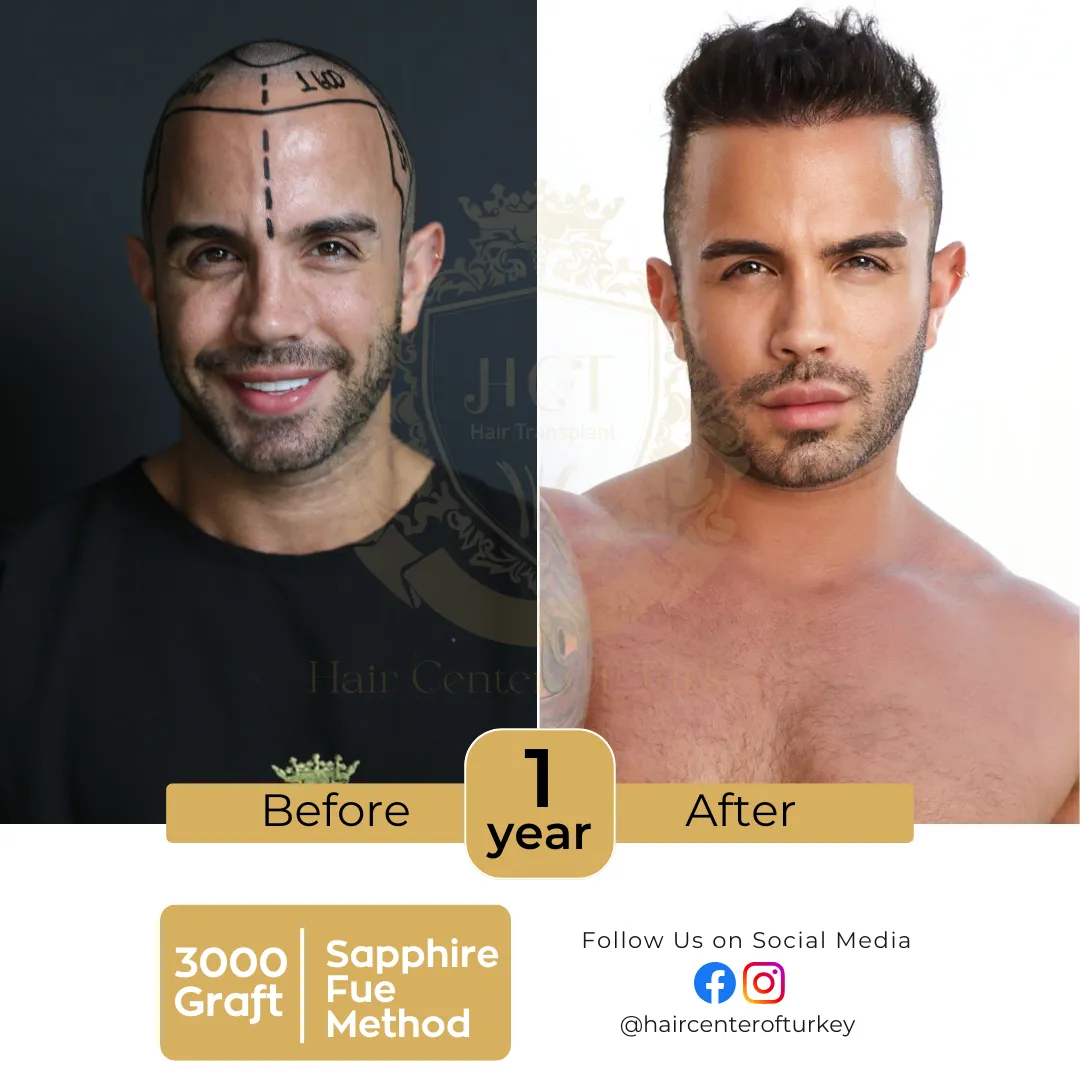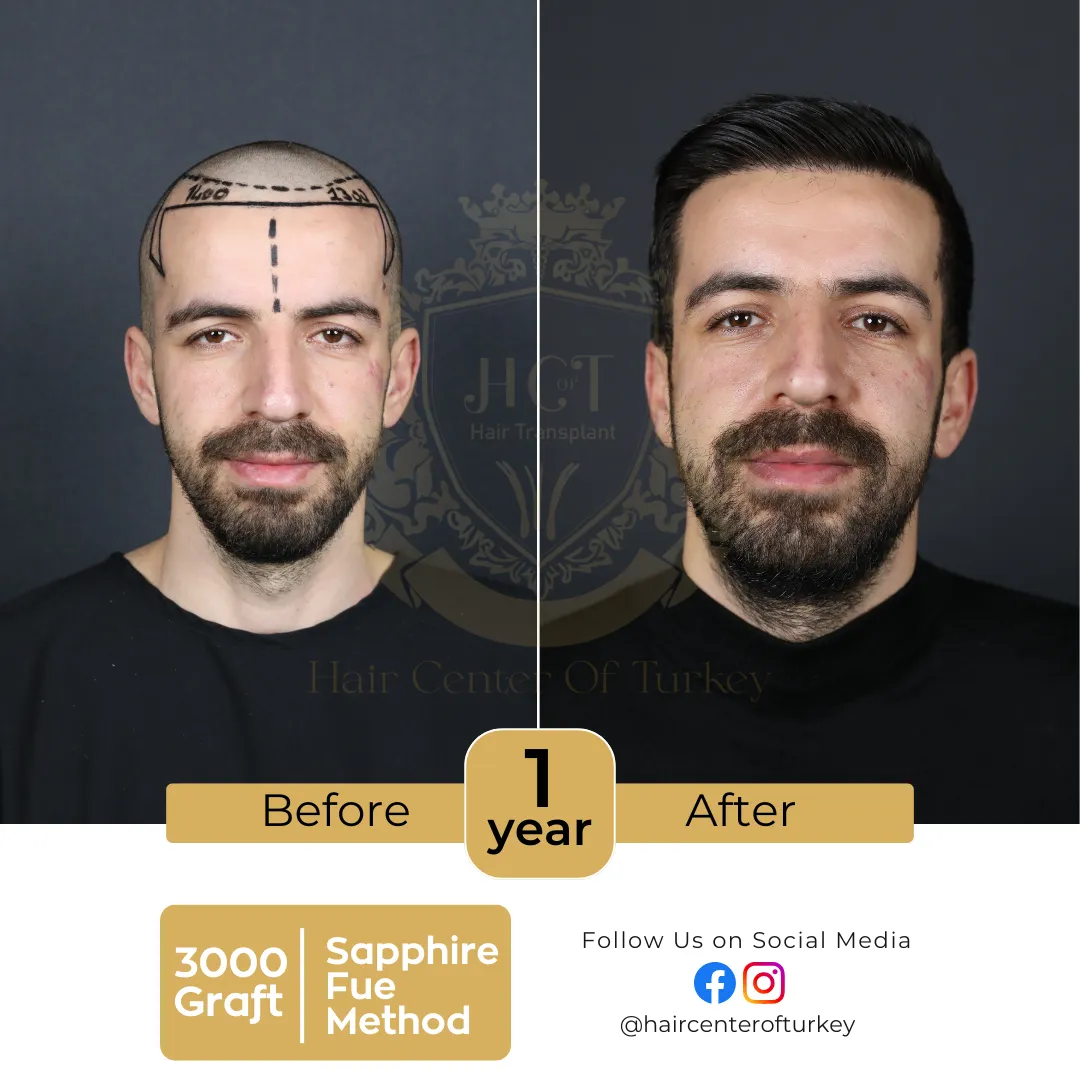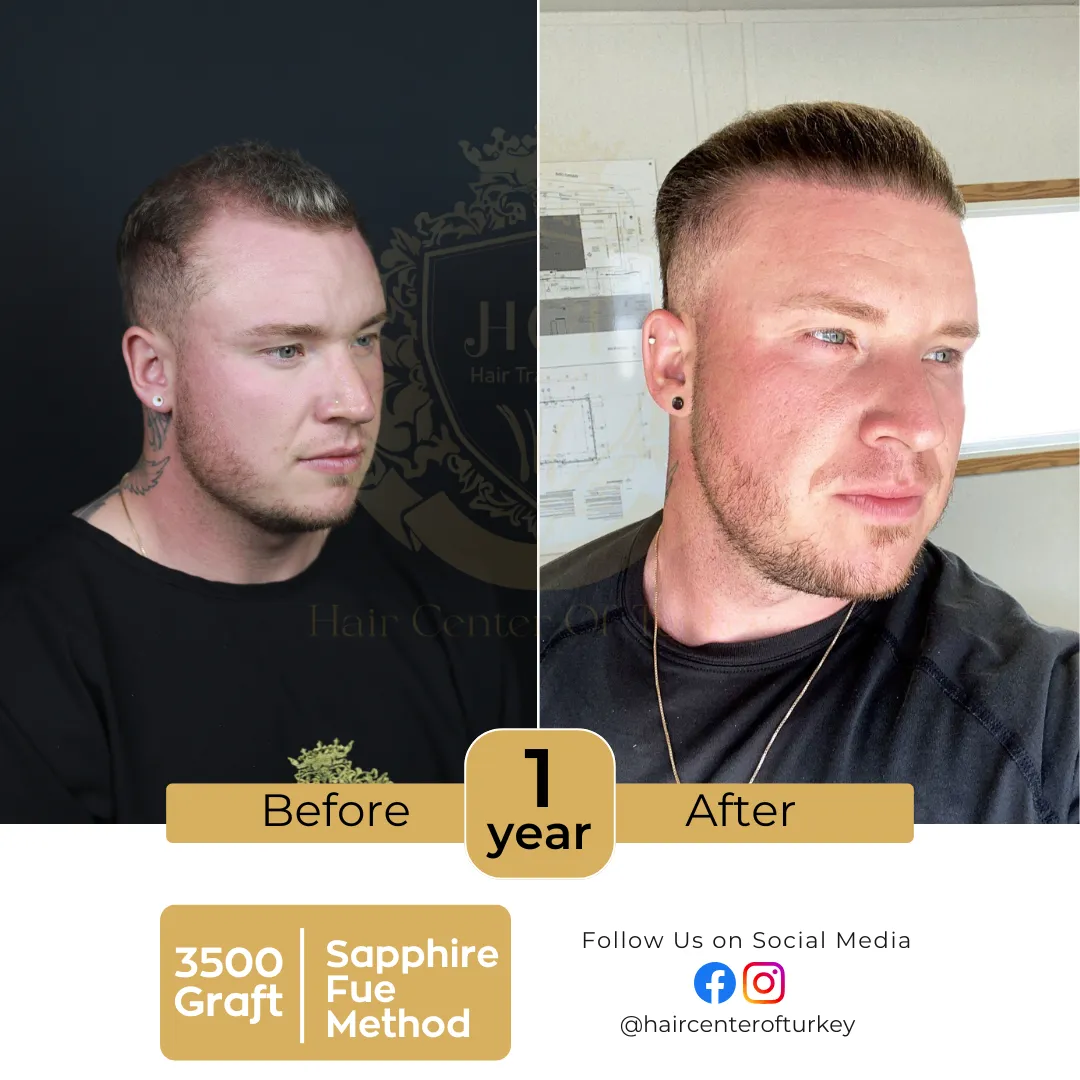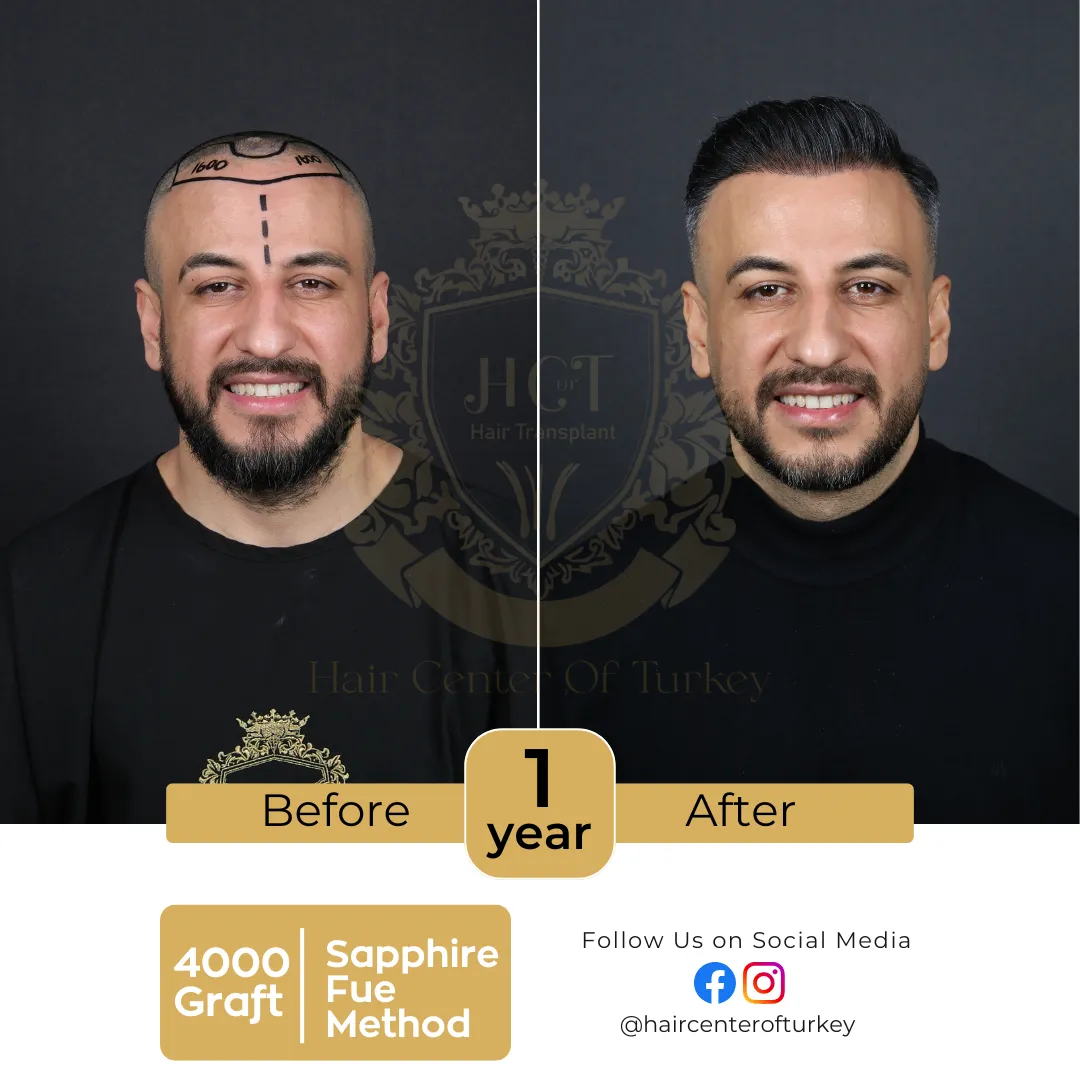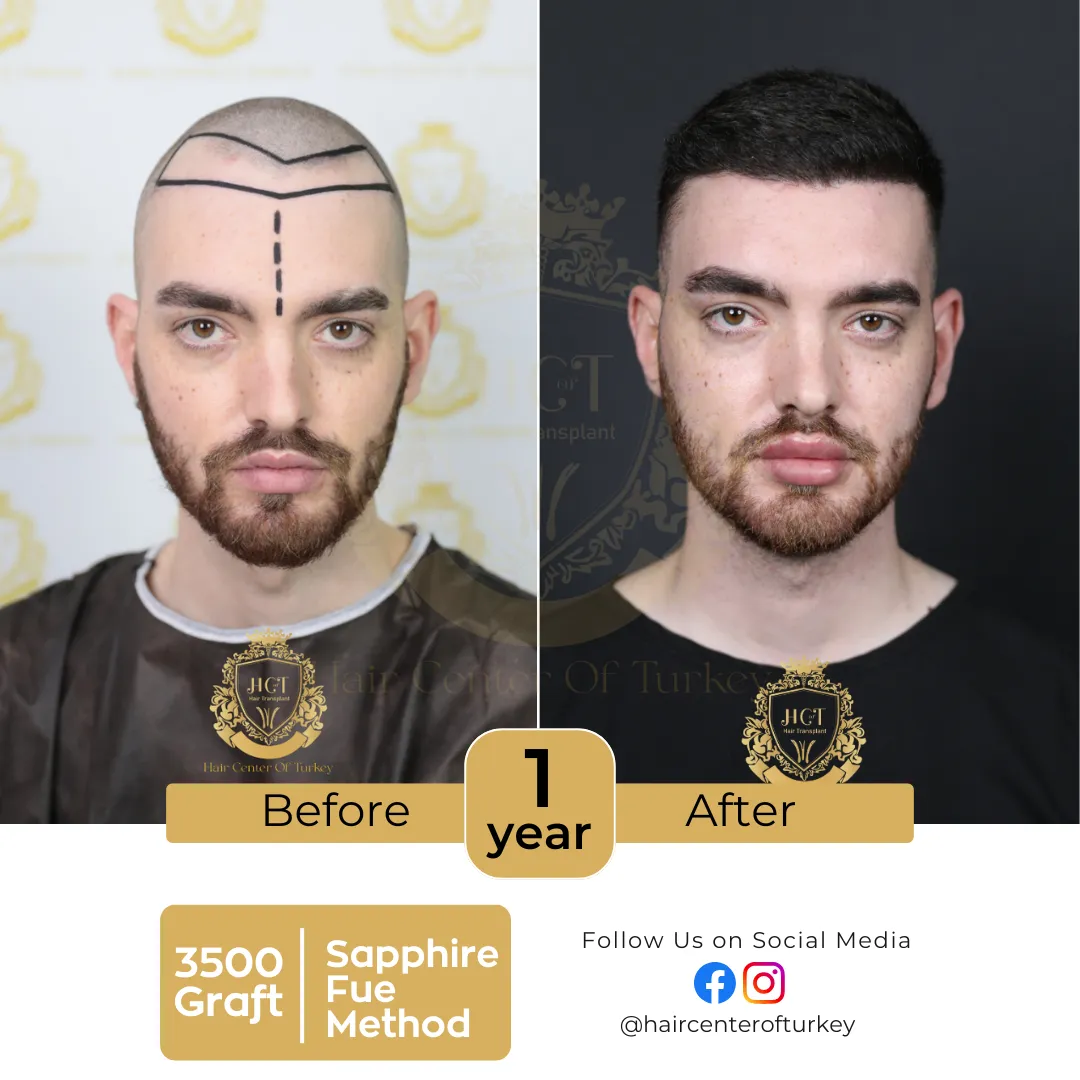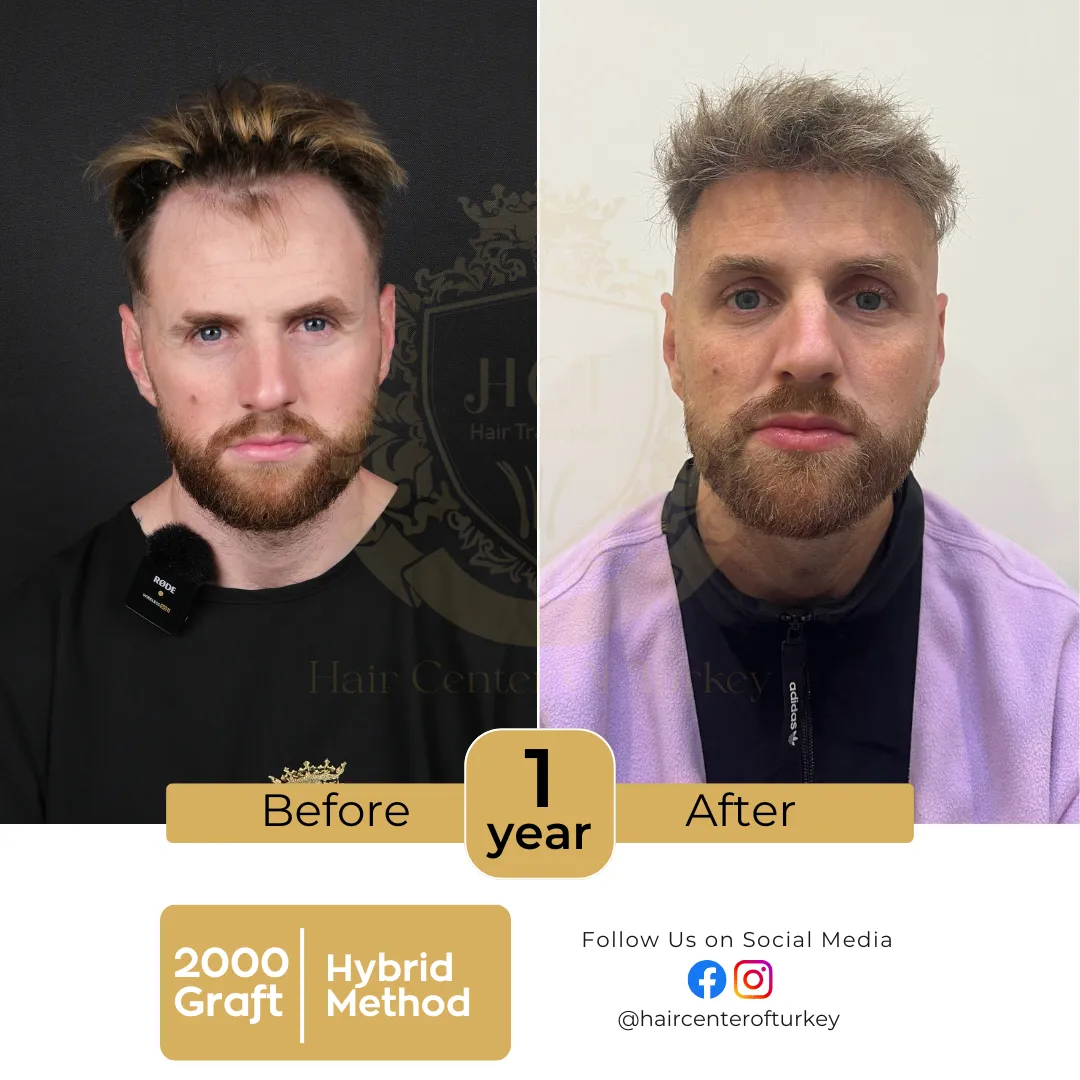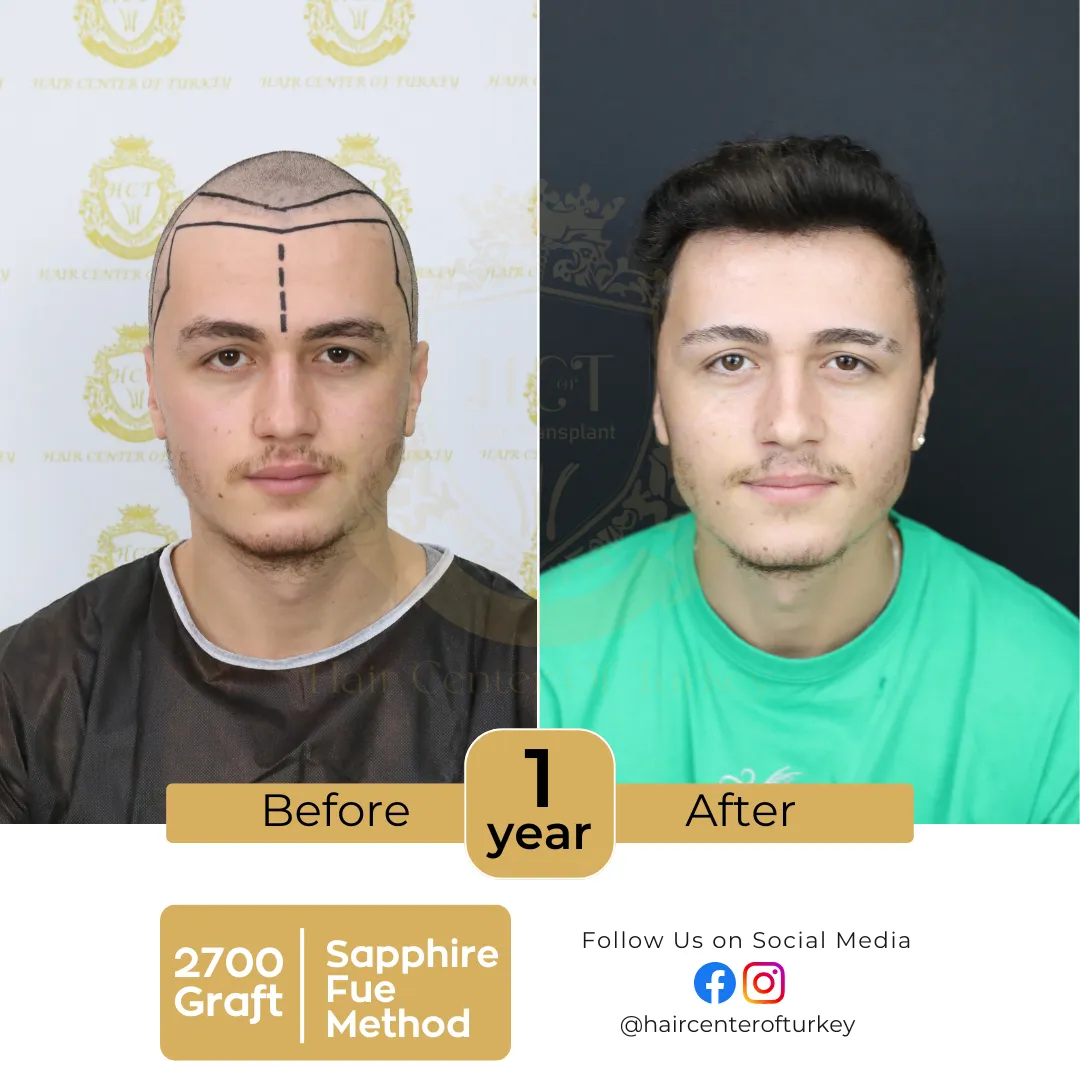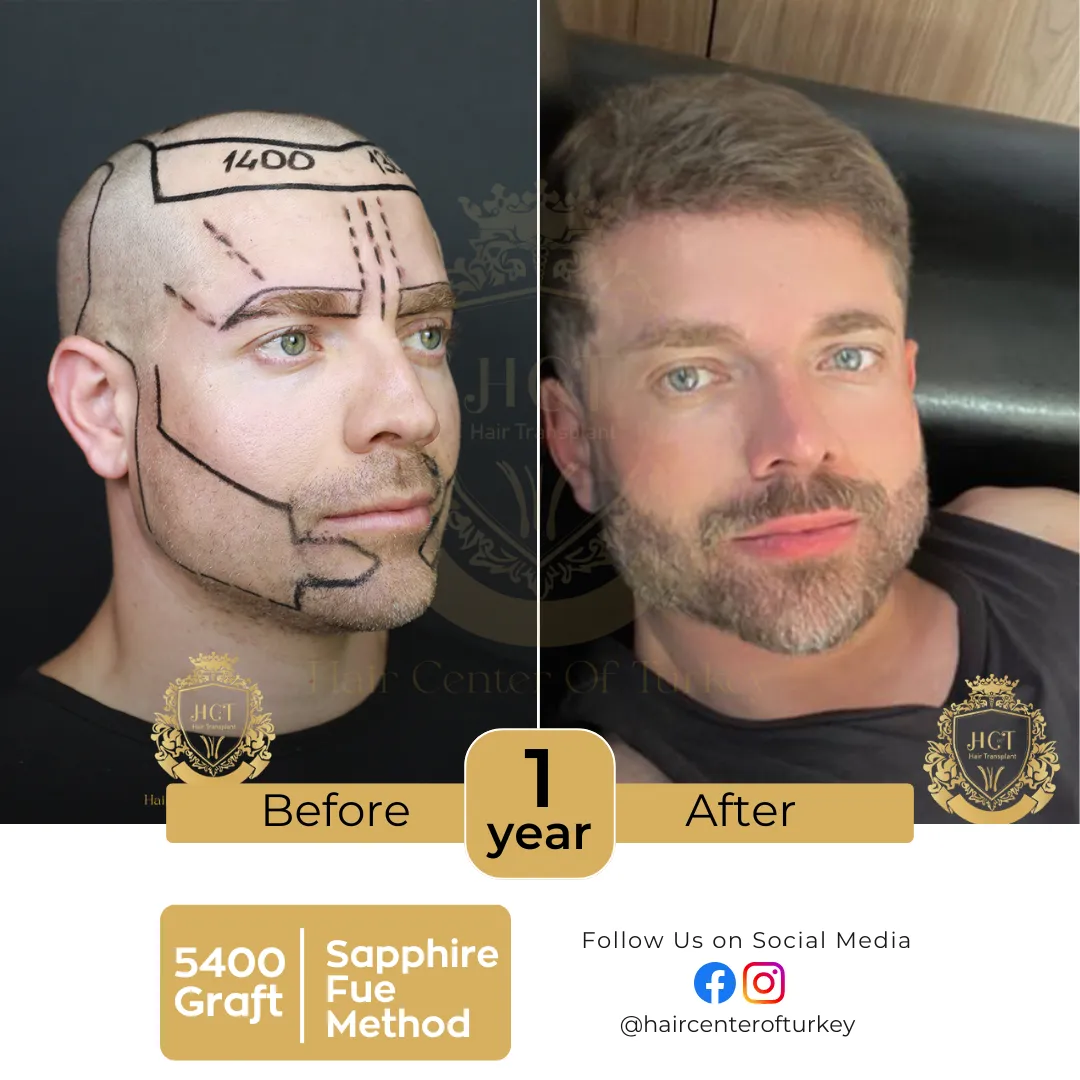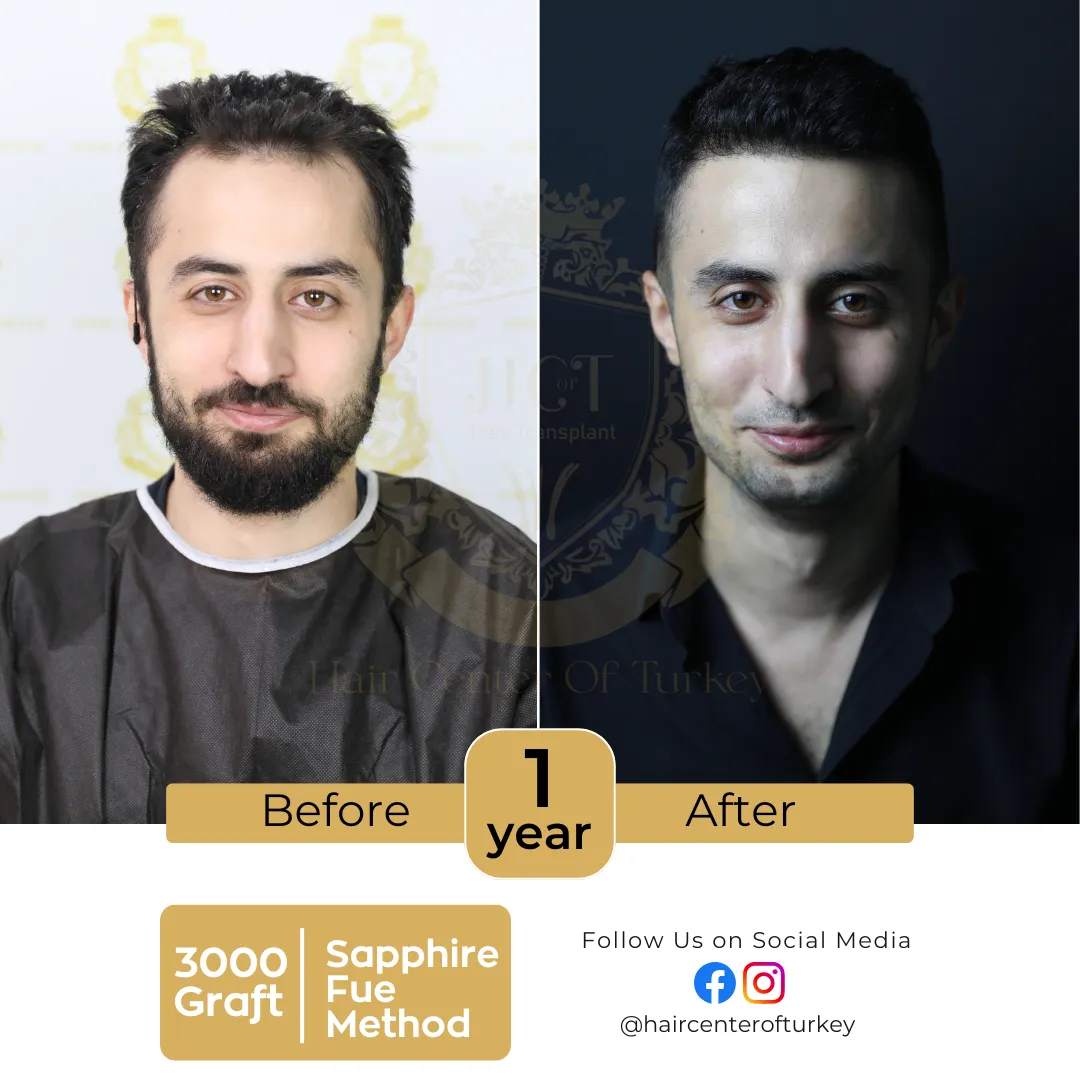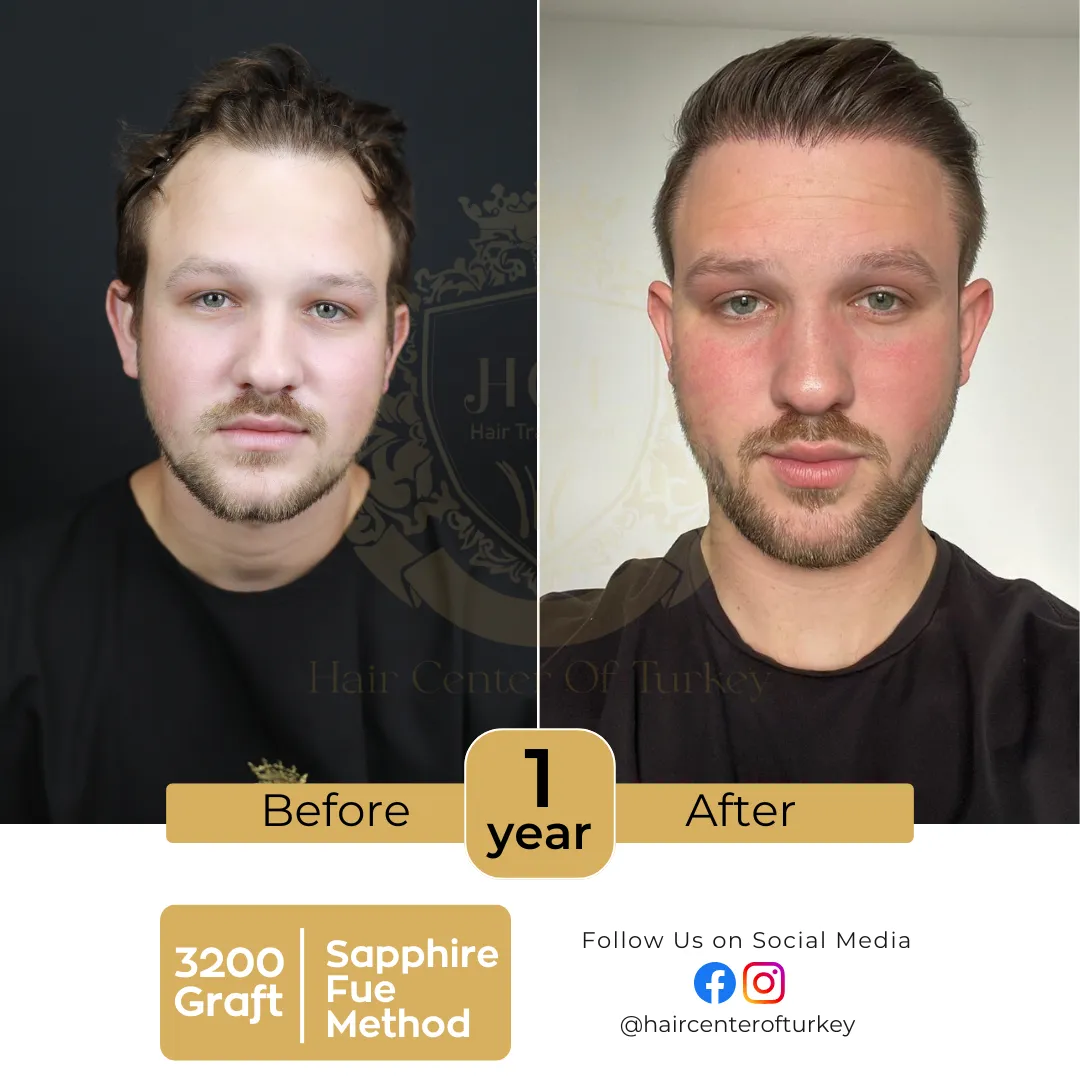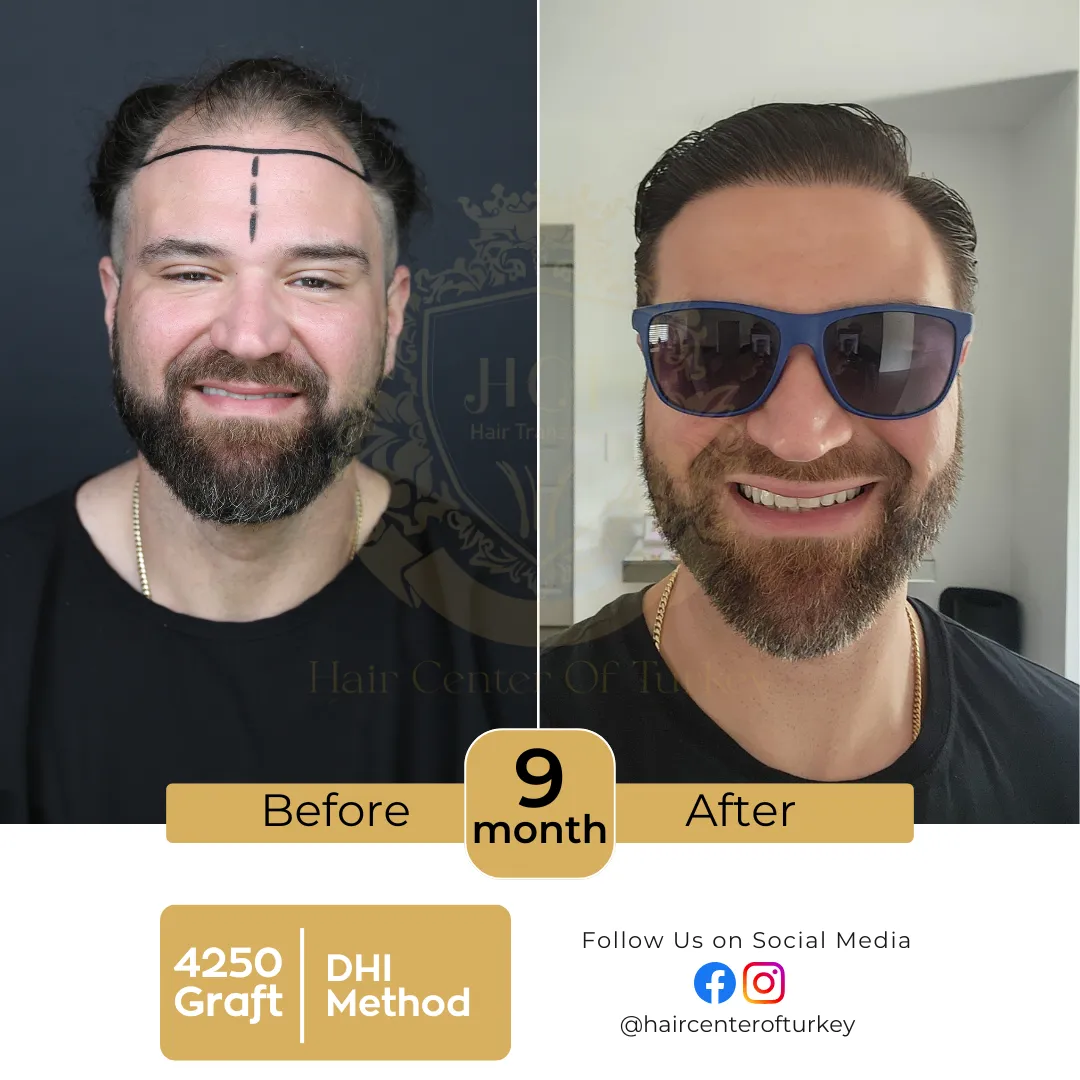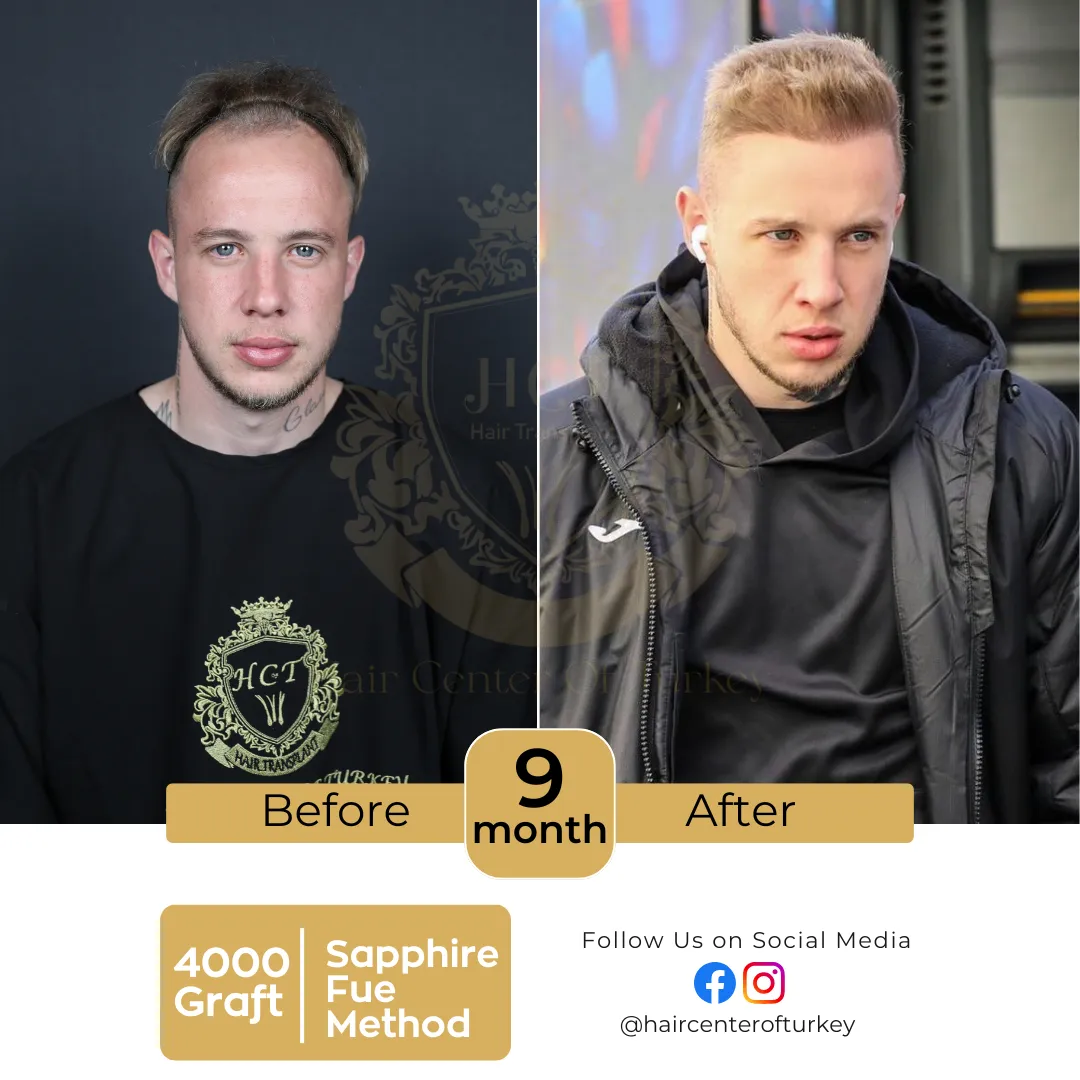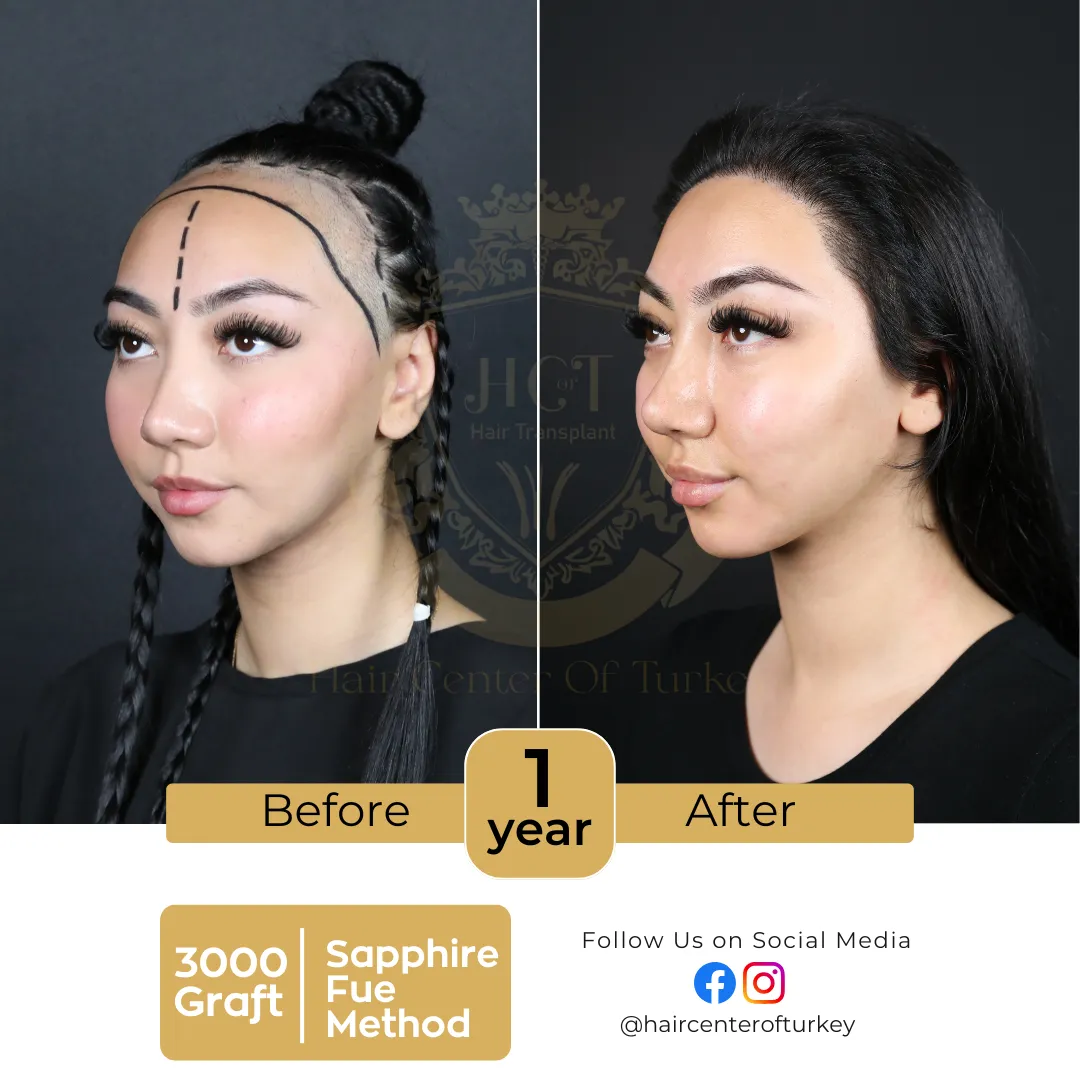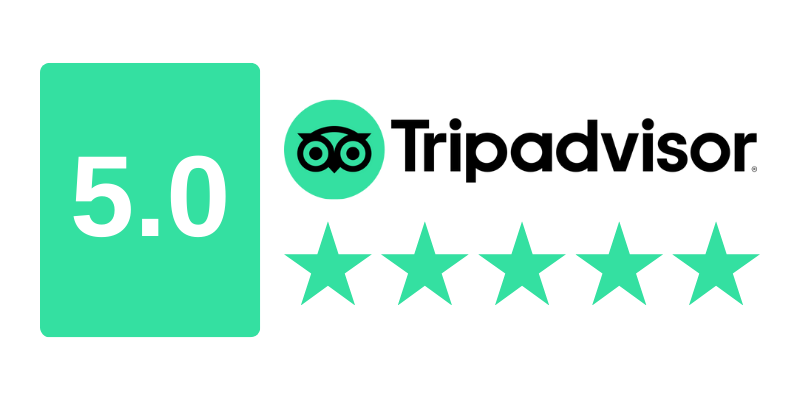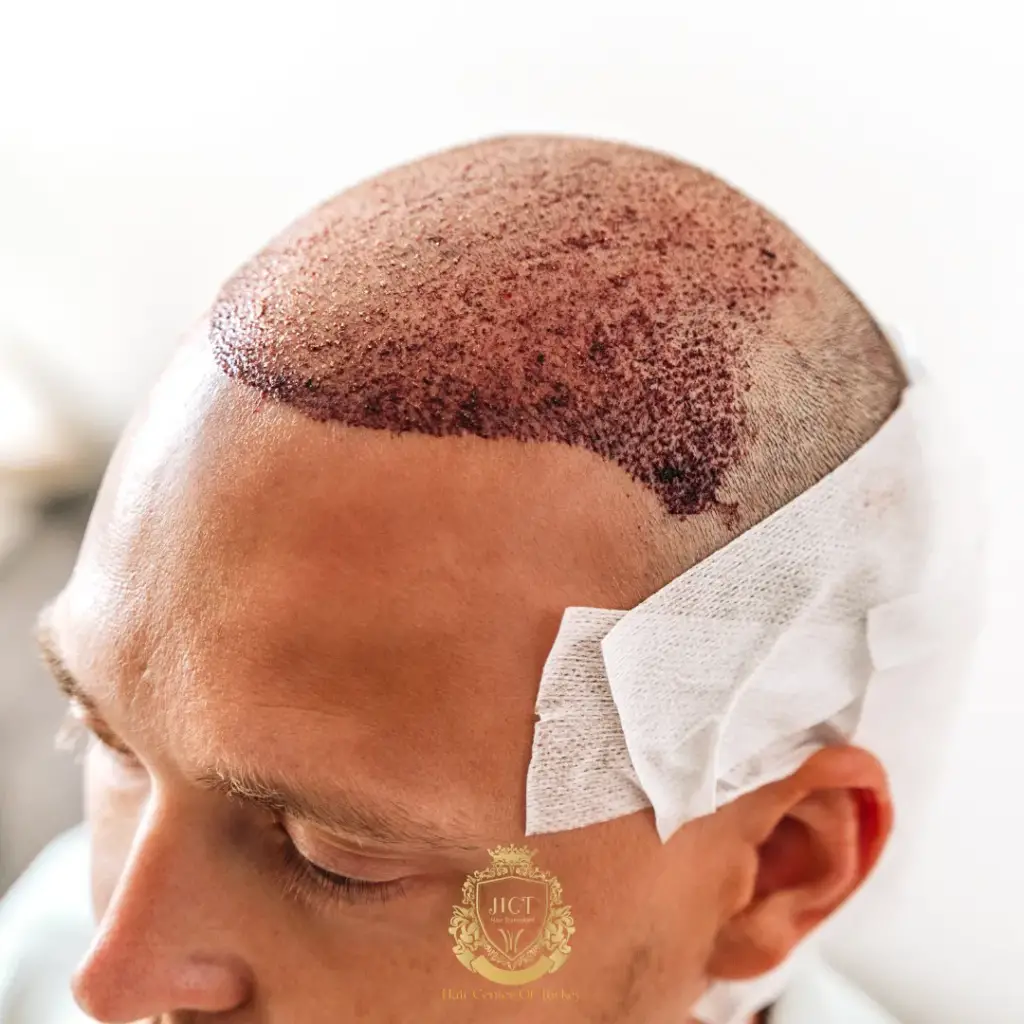What Is Litfulo and How Does It Treat Hair Loss Effectively?
Hair loss can be distressing, especially when it appears at a young age or progresses rapidly. One of the most promising breakthroughs in recent years is Litfulo, a newly FDA-approved oral treatment that specifically targets autoimmune-related hair loss, including alopecia areata. Designed for patients aged 12 and above, Litfulo is being praised for its targeted mechanism and impressive clinical results. But what exactly is Litfulo, and how does it treat hair loss so effectively?
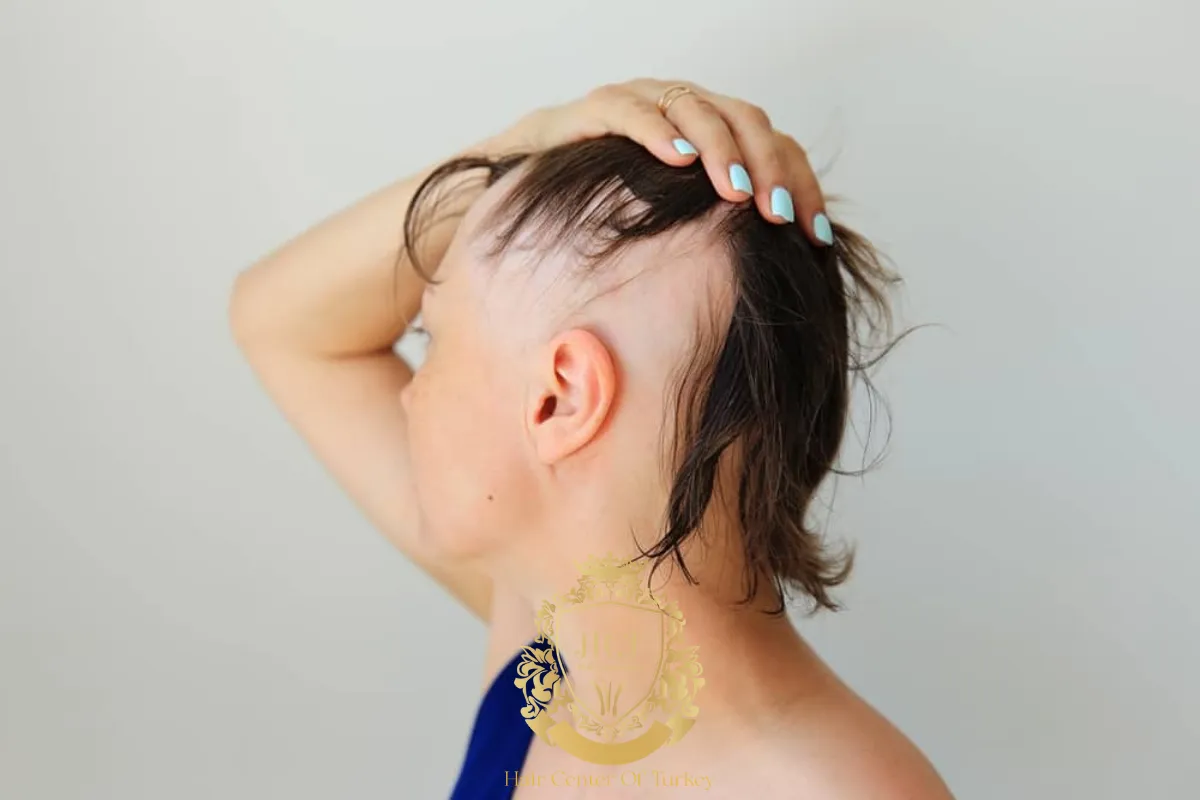
Understanding Litfulo and Its Active Ingredient
Litfulo is the brand name for ritlecitinib, a Janus kinase 3 (JAK3) and TEC family kinase inhibitor. It works by modulating the immune system, particularly in individuals with alopecia areata, an autoimmune condition where the body attacks its own hair follicles. By blocking the overactive immune response, Litfulo helps stop the attack on hair follicles, giving them the chance to regrow naturally.
How Litfulo Works for Hair Regrowth
The mechanism of Litfulo centers on halting immune-driven inflammation that damages hair follicles. Unlike traditional treatments that only stimulate hair growth topically or hormonally, Litfulo goes deeper—interrupting the immune signaling pathways that cause hair to fall out in the first place. This allows dormant or weakened follicles to re-enter the anagen (growth) phase, leading to fuller and healthier hair regrowth over time.
Who Is Litfulo Meant For?
Litfulo is specifically approved for patients 12 years and older who are experiencing severe alopecia areata. This includes individuals with patchy baldness, total scalp hair loss (alopecia totalis), or complete loss of body hair (alopecia universalis). It is not currently indicated for androgenetic alopecia (male or female pattern baldness), but future research may explore its efficacy in broader hair loss conditions.

Clinical Trials and Effectiveness
In pivotal clinical trials, Litfulo demonstrated impressive results. After 24 weeks of treatment, a significant portion of patients achieved at least 80% scalp hair coverage. Even individuals with nearly complete hair loss saw visible improvements, suggesting that Litfulo could be life-changing for those with long-term alopecia areata. The treatment was also generally well tolerated, with the most common side effects being mild infections and headaches.
How to Use Litfulo
Litfulo comes in the form of a once-daily oral tablet, making it simple to integrate into a daily routine. It does not require injections, creams, or in-office visits, which is a major advantage for patients looking for a low-maintenance yet effective treatment option. However, as with all prescription medications, it must be taken under the supervision of a healthcare provider.
Benefits of Litfulo Over Other Treatments
Unlike topical corticosteroids or immunosuppressants that carry significant side effects or limited effectiveness, Litfulo offers:
- Targeted action on the root cause of hair loss
- Long-term potential for hair regrowth
- Ease of use with oral administration
- Proven efficacy in clinical settings
- Minimal systemic side effects compared to older therapies
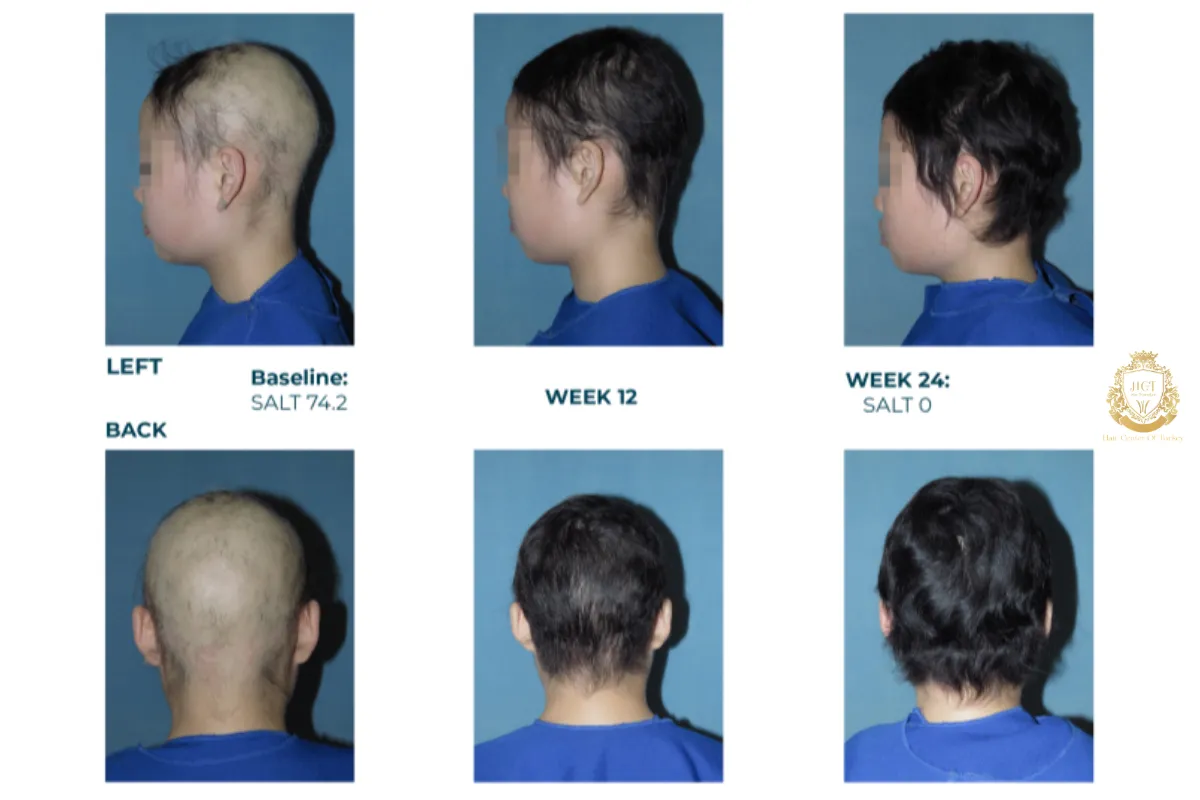
Limitations and Considerations
While Litfulo offers many advantages, it’s important to consider a few limitations:
- It’s not effective for all types of hair loss, such as male-pattern baldness.
- It may cause mild side effects, including headaches, acne, or nausea.
- It can be expensive, especially if not covered by insurance.
- Long-term safety data is still being collected as the treatment is relatively new.
Future of Hair Loss Treatment with Litfulo
Litfulo represents a shift toward precision medicine in hair loss treatment. With its autoimmune-modulating approach, it could pave the way for newer therapies aimed at restoring hair growth from within. As ongoing studies explore its effects on broader populations and other forms of alopecia, we may see Litfulo—or similar drugs—used more widely in the coming years.


